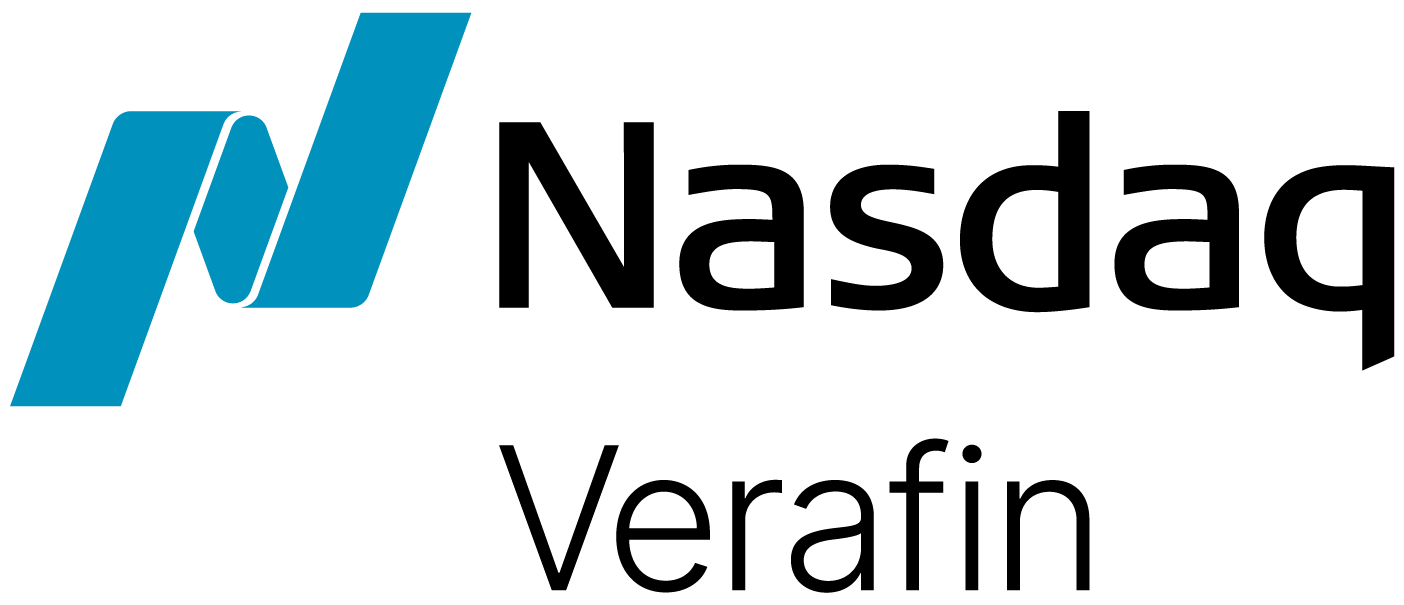“It ought to concern every person, because it is a debasement of our common humanity. It ought to concern every community, because it tears at our social fabric. It ought to concern every business, because it distorts markets. It ought to concern every nation, because it endangers public health and fuels violence and organized crime. I’m talking about the injustice, the outrage, of human trafficking, which must be called by its true name — modern slavery.”
President Barack Obama, September 25, 2012
Thankfully, awareness of the horrors of human trafficking continues to grow. In 2015 the US Department of Defense declared that mandatory employee training regarding human trafficking is “paying off significantly.”
Awareness is a significant step forward. Unfortunately, the path to ending modern slavery is a long one. Slavery was abolished in the United States of America over 150 years ago. Yet, according to a May 2014 report from the International Labor Organization (ILO), an estimated 21 million people globally are human trafficking victims.
The FBI indicates that human trafficking is believed to be the third-largest criminal activity in the world, generating over $150 billion annually. That’s big business for some of the world’s worst kinds of criminals.
Knowing the red flags
In September 2014, FinCEN released an advisory that outlined the financial red flags to help identify activity that may be associated with human smuggling and human trafficking. In line with that advisory, Verafin developed and released analytics to help financial institutions (FIs) detect smuggling and trafficking.
Continuing the fight against these crimes, Verafin is now actively enhancing its human trafficking alerts by including data from new sources and by integrating visual tools to support a FIs human trafficking investigations.
How analytics can help
Verafin analyzes for several red flags that help determine if an individual is being exploited and forced into the sex industry.
Indicators of this within an individual’s banking behavior include:
- frequent payments to online escort services / adult advertising sites;
- deposits frequently in cash;
- a regularly low average account balance;
- how their money is spent — the majority of a victim’s money often goes to their trafficker;
- payments for accommodations and transportation — many victims travel to or are transported to locations where they are exploited; and
- the customer’s age — individuals in their teens and 20s are typically at the highest risk of exploitation
New detection tools
Verafin continues to develop tools that enhance an investigator’s ability to uncover trafficking activity.
Adult Advertisements are one of the most important factors to determine if an individual is a sex worker. Using the power of the Verafin Cloud, Verafin can analyze ads for information that match an individual’s profile data, presenting an investigator with important evidence that supports effective decision making.
Verafin’s alerts also include a graphical map tool showing the customer’s area of travel. This gives an investigator a visual representation of an individual’s travel patterns, helping them easily decipher travel that point to potential trafficking activity.
Group collaboration
In evaluating suspicious activity potentially related to human trafficking, FIs are encouraged to share information with one another under 314(b) of the USA PATRIOT Act.
Verafin’s FRAMLxchange cross-institutional collaboration tools enable investigators to access a great deal of important information they would otherwise not have available to them. This ability was recently further enhanced through the development of group collaborations.
Group collaborations let a 314(b)-registered investigator request information from investigators across multiple institutions, allowing them to participate in a shared collaborative space. This is particularly valuable in attempts to uncover larger-scale human trafficking rings, where organized criminal enterprises are victimizing groups of people.
Continued innovation
Over the coming months, Verafin will continue to expand its human trafficking detection analytics, adding new scenarios and tools to aid in the fight to stop this terrible crime.
If you are interested in learning more about investigation strategies for uncovering human trafficking activity and how Verafin can help, have a look at these recent resources:
Webinar: Human Trafficking Investigation Strategies for Financial Institutions
Blog Post: U.S. Court Case: 9 Banks and 50 Bank Accounts Exploited by Human Trafficking Ring
Feature Sheet: Human Trafficking Detection & Investigation


